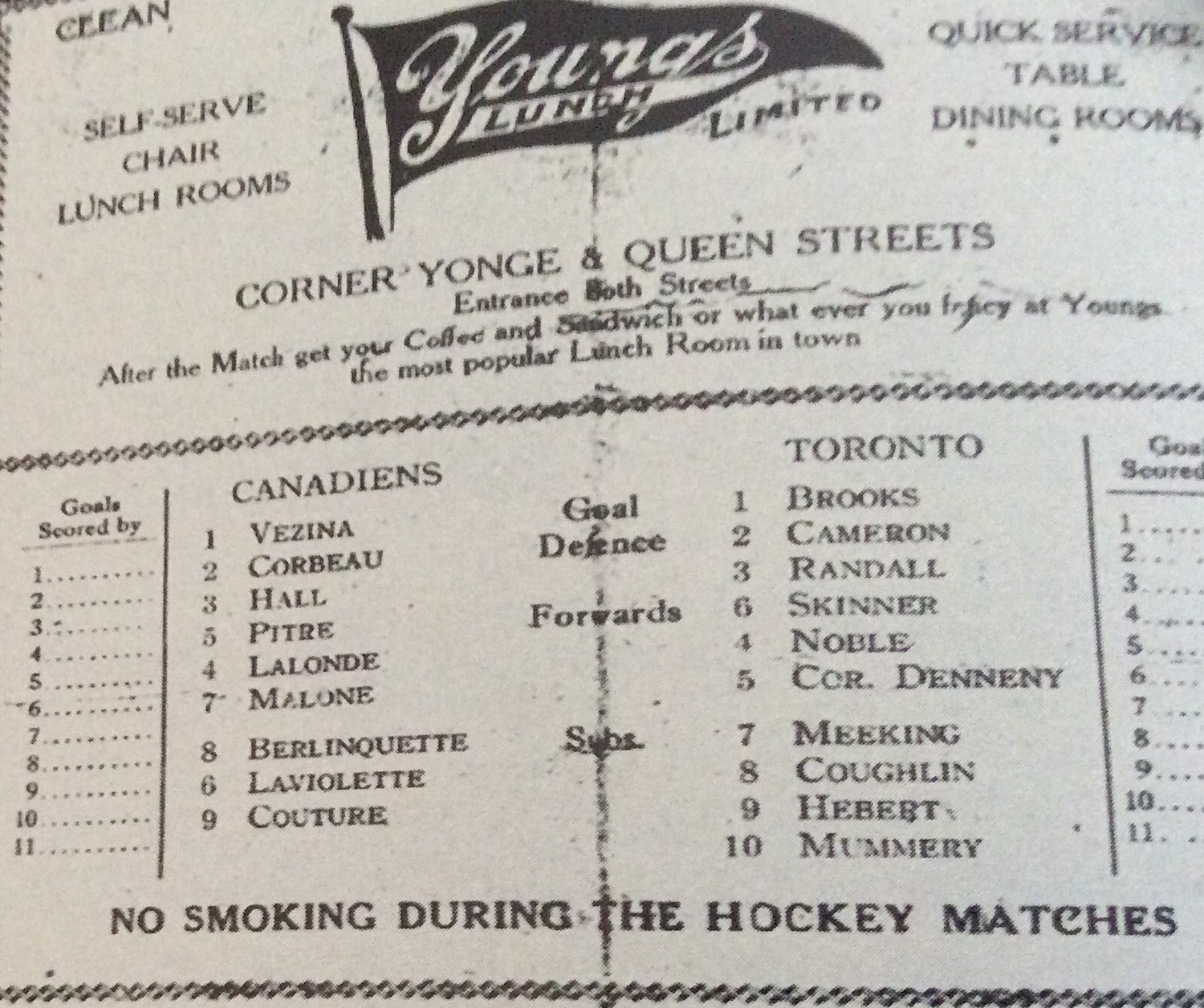The World Series started last night. The Los Angeles Dodgers beat the Houston Astros 3-1 in the quickest World Series contest since Game 4 in 1992 … which happens to be the first Word Series game I ever attended. Yesterday also marked 25 years since the Blue Jays wrapped up the 1992 World Series in Game 6 in Atlanta. That will tie into a story I’m planning for next week. Today, I’m using the Los Angeles victory over Houston to reminisce about my visit to Montreal during the Dodgers-Expos National League Championship Series in 1981. But first, a bit of back-story…
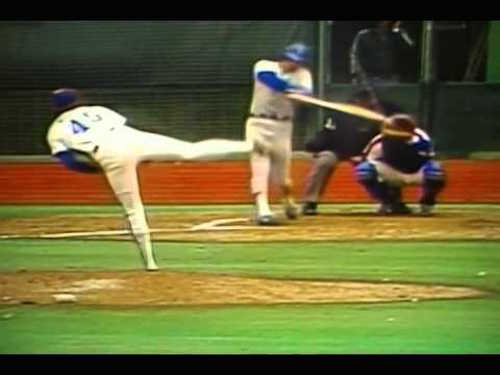
YouTube clip showing the fateful moment of impact on Blue Monday.
As I’ve posted on Facebook a couple of times recently, teenaged me was an Astros fan. Among my gang of friends at the time, we all quickly came to love the expansion Blue Jays. My guess is, none of us (I know I wasn’t) had been big baseball fans before the Blue Jays started in 1977 … but very soon we needed pennant contenders to follow too. I suppose we also needed a reason to boast that “my team is better than your team!”

In case you’re wondering, I’m the one on the right!
I can’t say that it was a conscious choice to steer clear of the American League, but our “other” teams were all in the National League. David became a Pirates fan in 1978 when they made a late run to battle the Phillies in the NL East. By 1979, they were World Series champions, and David has remained a Pirates fan to this day. Steve became a fan of the San Francisco Giants in 1978. They battled the Dodgers for the NL West that summer, but faded down the stretch. Jody and Rob were Dodgers fans because, well … the Dodgers were the Dodgers. They were the best team in the National League and I think Rob and Jody both saw themselves living in Los Angeles some day. (Jody lives in San Diego now.)
I liked the Astros. Yes, the garish, colourful uniforms were part of it, but I liked J.R. Richard. He was 6’8”, threw 100 mile per hour, and he struck out 303 batters in 1978 and 313 in 1979. The funny thing is, I don’t remember a single game I ever saw him pitch! I never saw the Astros live, and there was only one Game of the Week on television, and Houston didn’t get many of those. I must have seen him on This Week in Baseball, and I clearly remember the photograph of him holding eight baseballs in one hand.

By 1981, we’re all huge baseball fans, and all of us – except Pirates fan David – also like the Expos. And, of course, Montreal is a lot closer to Toronto than Houston, San Francisco, or Los Angeles. I don’t remember which of us decided we should go, but Rob’s family had connections in Montreal and he could get us tickets for Saturday and Sunday. So off we went.
We were all in Grade 13 (a foreign concept, I know, to any Americans reading this, and even to any younger Canadians) but we skipped the day of school on Friday and piled into Steve’s car. I don’t remember much about the drive, except that as we got to the end, the fact that Pie IX is pronounced like “Pee-Neuve” led to some problems getting to Olympic Stadium. But we did get there and we picked up our tickets.
I don’t think any of us ever considered getting a hotel room. Rob’s family had friends that he and Jody stayed with, and I asked a cousin-in-law of mine if Steve and I could stay with relatives she still had in Montreal. No problems for Rob and Jody, but when Steve and I showed up, it was clear this family we were staying with had only been expecting me … and they certainly weren’t prepared to feed dinner to the two of us! Steve and I found somewhere cheap nearby, then met up with Rob and Jody so – even though only Steve and Jody were actually of legal drinking age – we could go downtown and watch the Friday game in a bar.
The Dodgers and Expos had split the first two games of the series in Los Angeles. The Expos won game three in Montreal that night 4-1 on the strength of a complete game pitching performance from Steve Rogers and a three-run homer in the bottom of the sixth by light-hitting Jerry White. I do remember the excitement in the bar … but what I remember even more was our waitress throwing back the change we had left her as a tip on our first round of drinks!
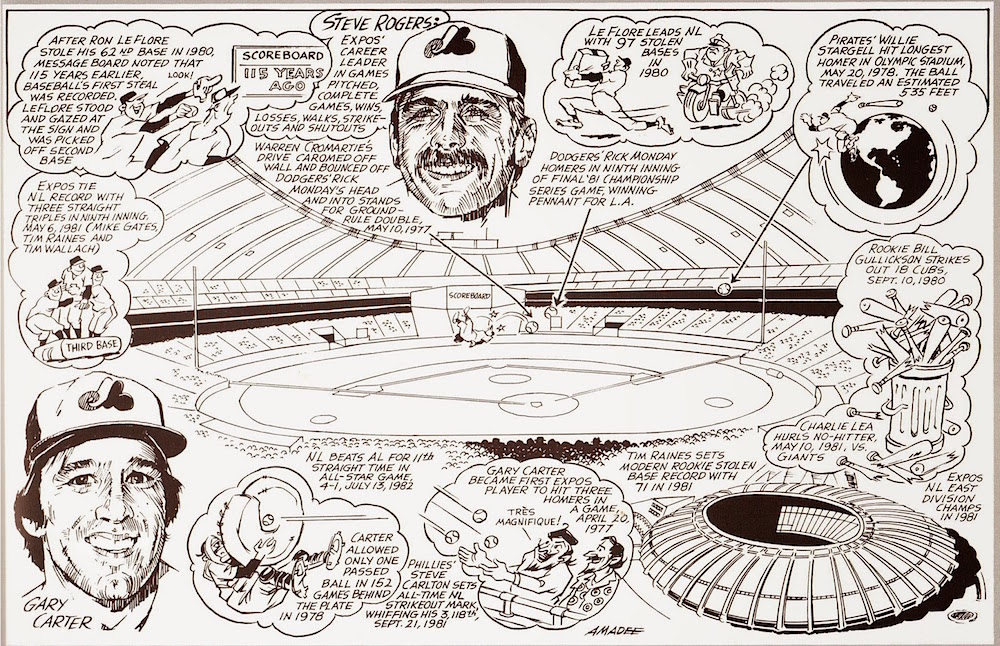
Game 4 was on Saturday afternoon. It was close, and tense … until the Dodgers blew it open with two runs in the eighth and four in the ninth for a 7-1 victory. It was cold and dank, but for me (and I’ve been to at least one postseason game every time the Blue Jays have made the playoffs) this was still the single best fan experience I’ve ever had at a game! The joint was jumpin’, and singing along to The Happy Wanderer (“Valder-ee, Valder-ah, Valder-EEEE, Valder-ah-ah-ah-ah-ah-ah”) was a blast! Even the loss wasn’t so bad, because now we could be at the fifth and final game on Sunday.
Only it rained on Sunday, and the game was cancelled.
We’d already skipped school on Friday, so Jody, Rob and Steve decided we should go home. I was beyond angry. I don’t think I spoke a word to any of them for the first few hours on the drive back to Toronto. So, we weren’t there for Blue Monday when Rick Monday took Steve Rogers deep in the top of the ninth to give the Dodgers a 2-1 series-winning victory. Of course I watched it all on television … but when all is said and done, I think I’m glad I wasn’t there.

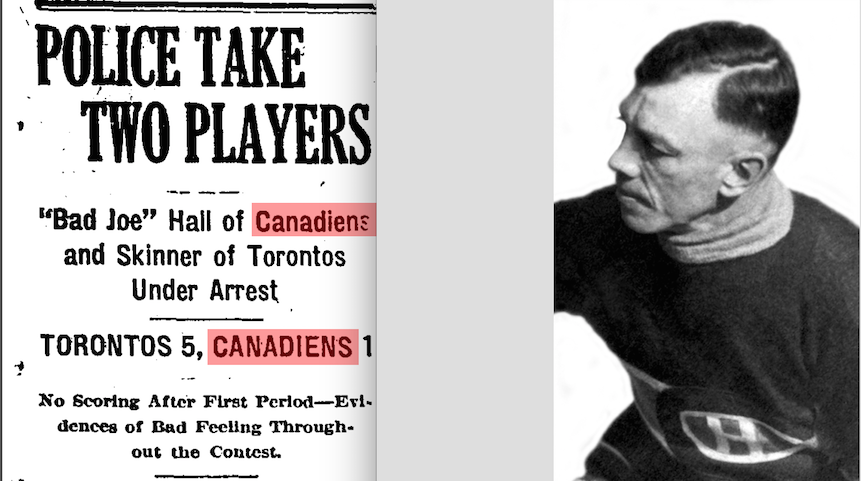
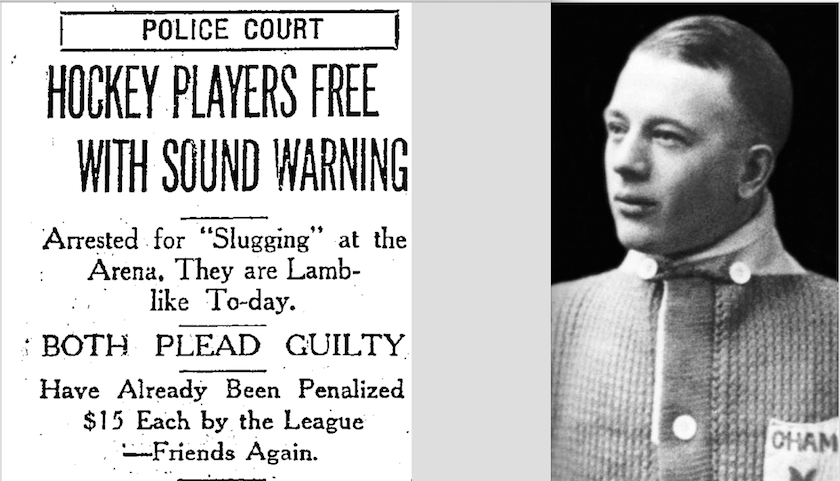

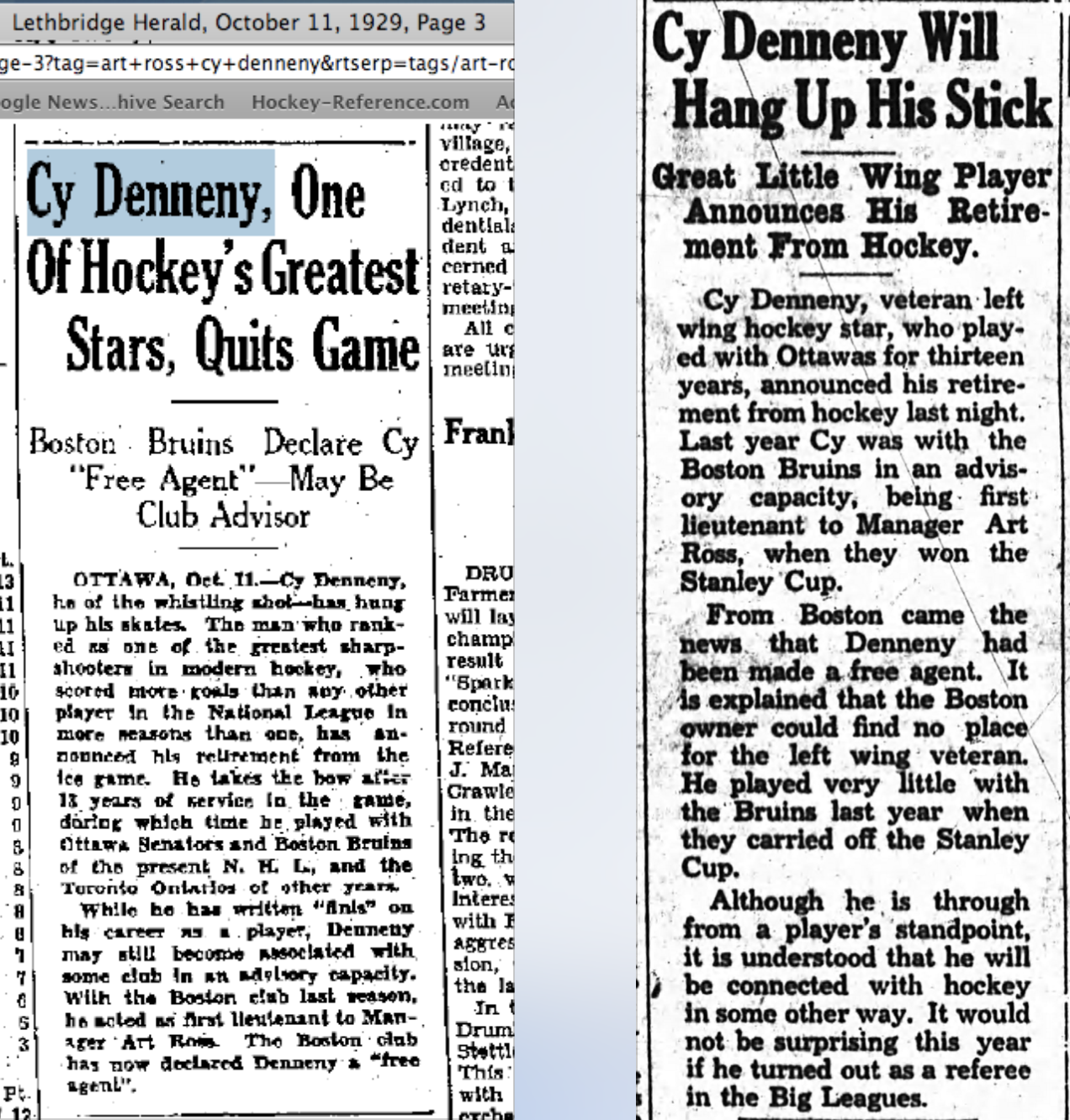
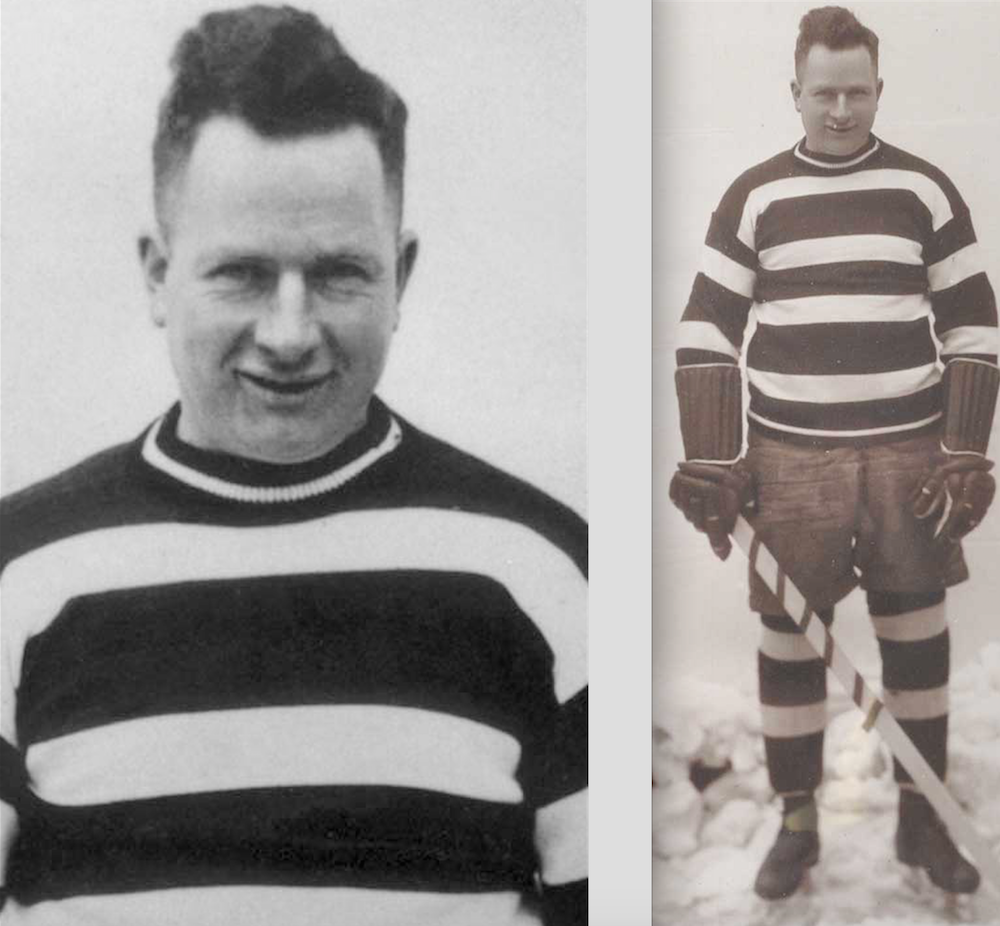
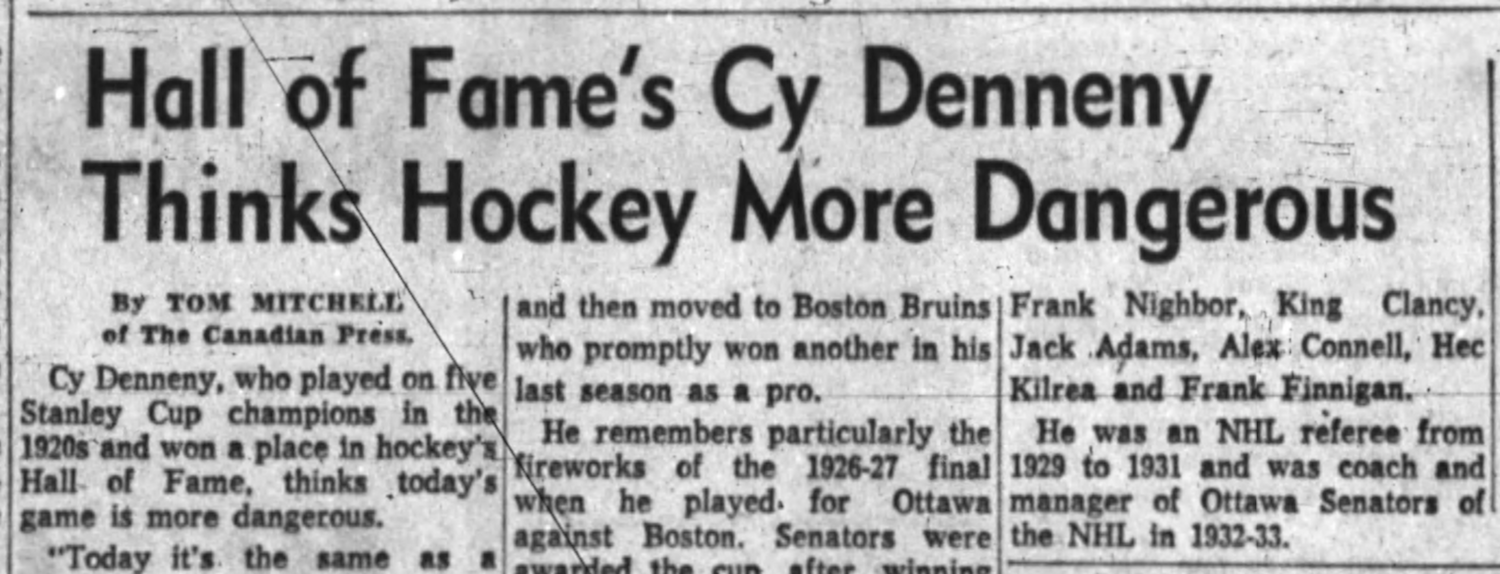
 Ad for Toronto’s NHL opener in The Globe on December 22, 1917.
Ad for Toronto’s NHL opener in The Globe on December 22, 1917.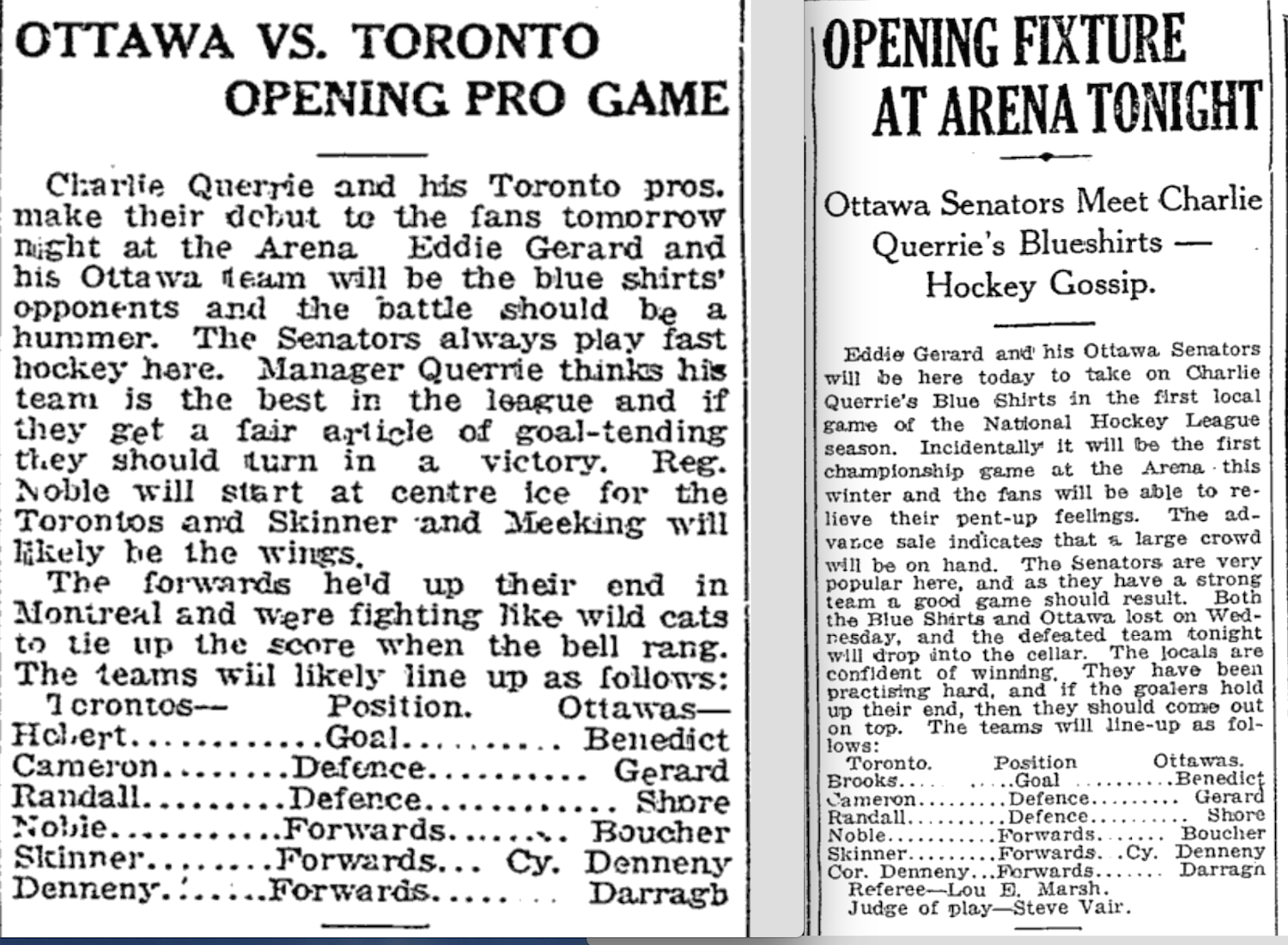 Pre-game coverage of Toronto’s NHL opener in The World on December 21 and 22, 1917.
Pre-game coverage of Toronto’s NHL opener in The World on December 21 and 22, 1917. Hockey fans in 1917 would have noted little difference between the NHA and the NHL.
Hockey fans in 1917 would have noted little difference between the NHA and the NHL.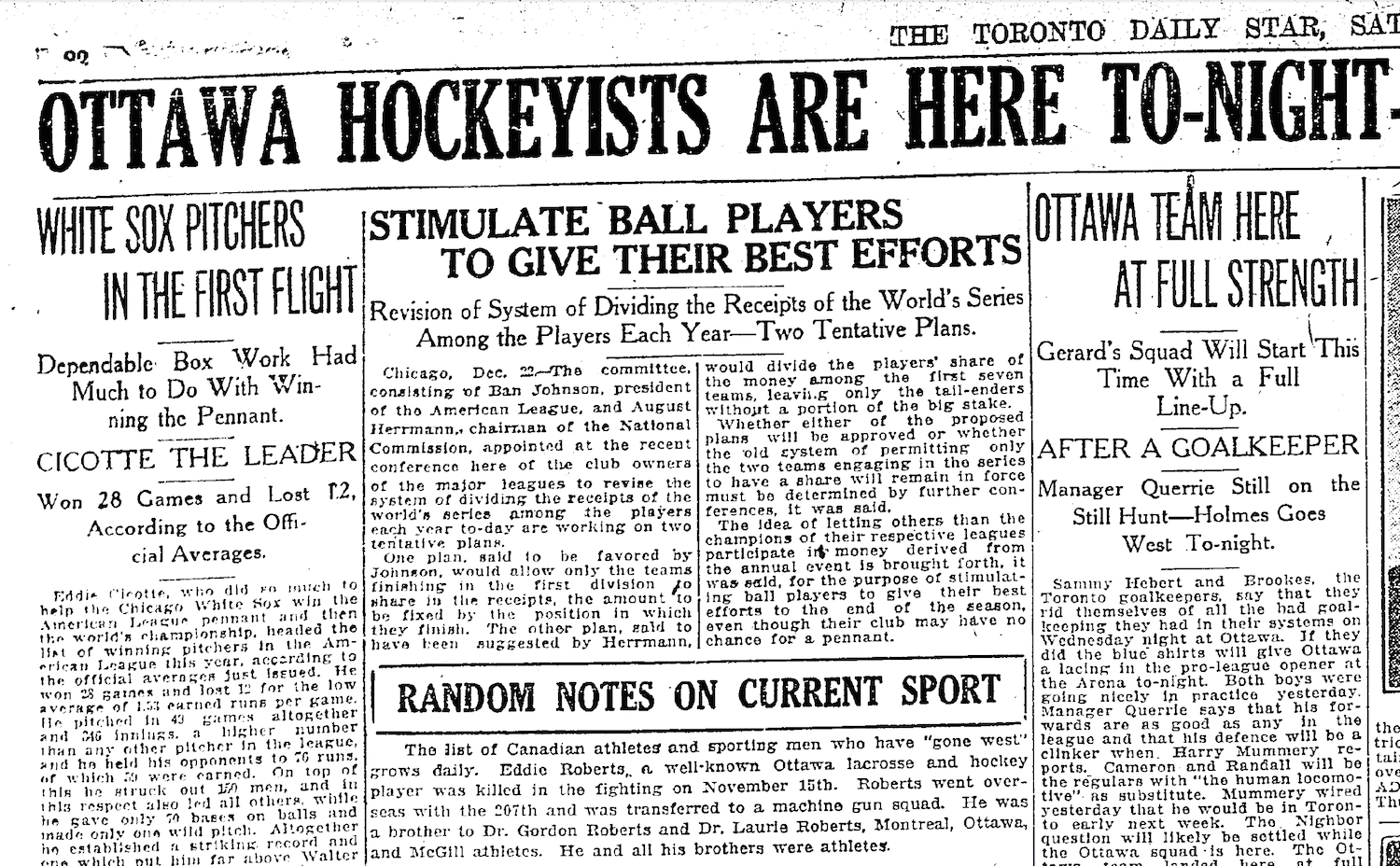 The death of Eddie Roberts is noted in Random Notes on Current Sports.
The death of Eddie Roberts is noted in Random Notes on Current Sports.